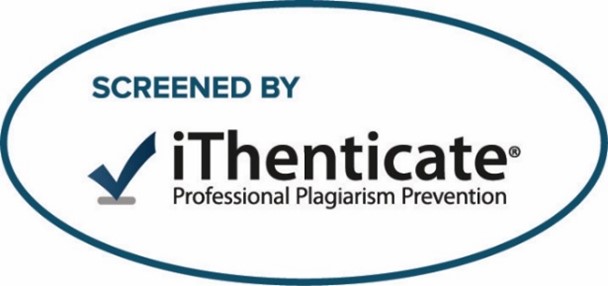Abstract
Background Cesarean sections are frequently performed every day, and the rate of cesarean deliveries in Egypt is rapidly escalating. Surgical site infection is a complication of cesarean sections associated with numerous risk factors, elevating maternal morbidity and potentially resulting in maternal mortality. Several strategies are followed to minimize SSI risk after CS, which can improve both the mother's and the newborn's health. Patient and methods This prospective case-control study was carried out throughout 12-month from November 2023 to November 2024, at the obstetrics and gynecology department of the EL-Sahel Teaching Hospital in Cairo, Egypt. In the study 947 CS were performed 82 cases developed SSI. Data regarding surgical site risk factors was extracted pertaining to sociodemographic and clinical characteristics. Then The effect of these factors on the occurrence of SSI was subsequently investigated and compared. Results the one-year cesarean section SSI incidence was 8.66%. risk factors that were statistically significant, Basal hemoglobin level (odds ratio (OR) 5.53; 95% CI =0.430–1.661), chorioamnionitis (OR 3.35; 95% CI =1.24–9.09), blood loss of > 1000 ml (OR 2.31; 95% CI =1.28–4.17), duration of labor of ≥24 h (OR 5.68; 95% CI =1.75–18.44), emergency CS (OR 1.65; 95% CI =1,03–2.67, duration of CS of >1h (OR 2.3; 95% CI =1.18–4.48), diabetes mellitus (DM) (OR 3.2; 95% CI =1.62–6.34). no statistically significant effects of other risk factors. Medical management was administered in 79.3% of patients while surgical intervention was required in 15.9%. Cultures showed that 20% of organisms exhibit Multiple drug resistance (MDR) and 3% extensively drug-resistant (XDR). Conclusion According to a one-year study on cesarean sections, observed SSI incidence was lower than some developing countries but higher than other previous studies from our region and other developed countries. Some studies agreed with the recognized risk factors linked to SSI, while others disagreed. SSI management differs from case to another depending on the extent and progress of each case. The findings call for strengthened infection prevention strategies, tailored to local conditions, and a multidisciplinary approach to combat the rising prevalence of MDR and XDR pathogens.
Article Type
Original Study
Subject Area
Obstetrics and Gynecology
IRB Number
HS000125
Creative Commons License

This work is licensed under a Creative Commons Attribution-NonCommercial-Share Alike 4.0 International License.
Recommended Citation
Salman, Ahmed M.; Mohammed, Suzan z; Sayed, Fatma M.; Fawaz, Soha A.; Kassab, Ahmed A.; el-mordy, Sherif Abd; Elazab, Mohammed I.; and Khattab, Heba M.
(2025)
"Incidence and Risk Factors of Surgical Site Infection after lower transverse incision in Cesarean Section,"
Journal of Medicine in Scientific Research: Vol. 8:
Iss.
3, Article 9.
DOI: https://doi.org/10.59299/2537-0928.1456
article proof review

















